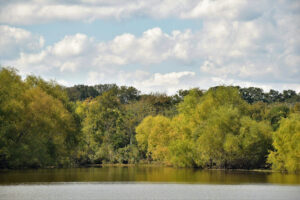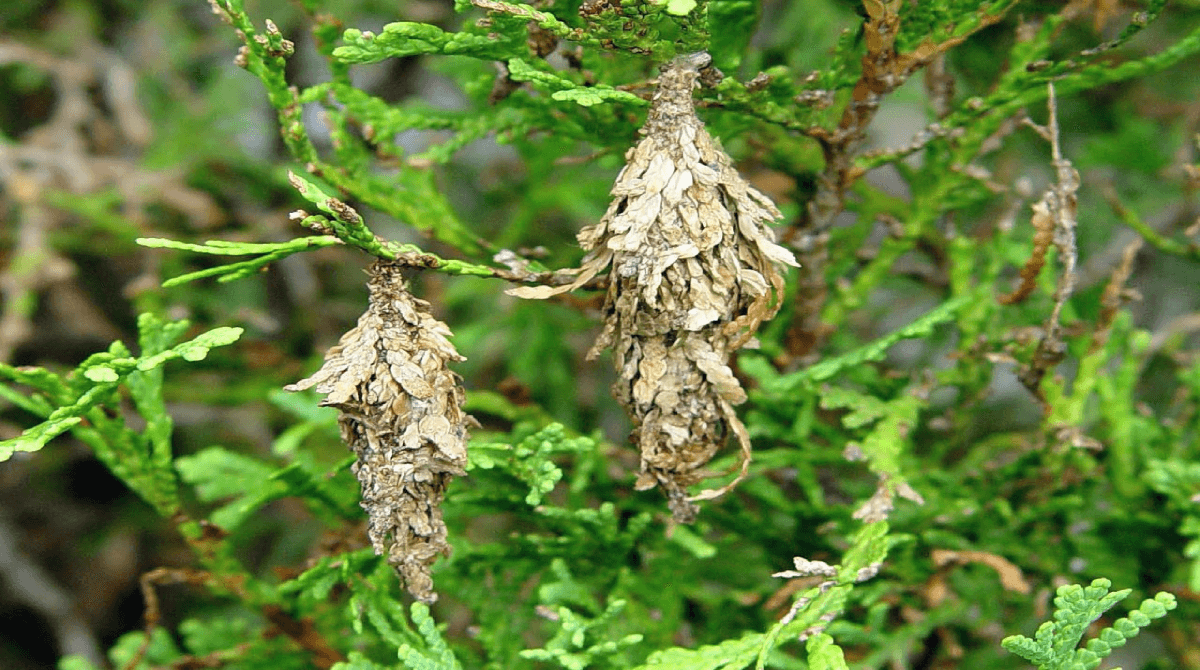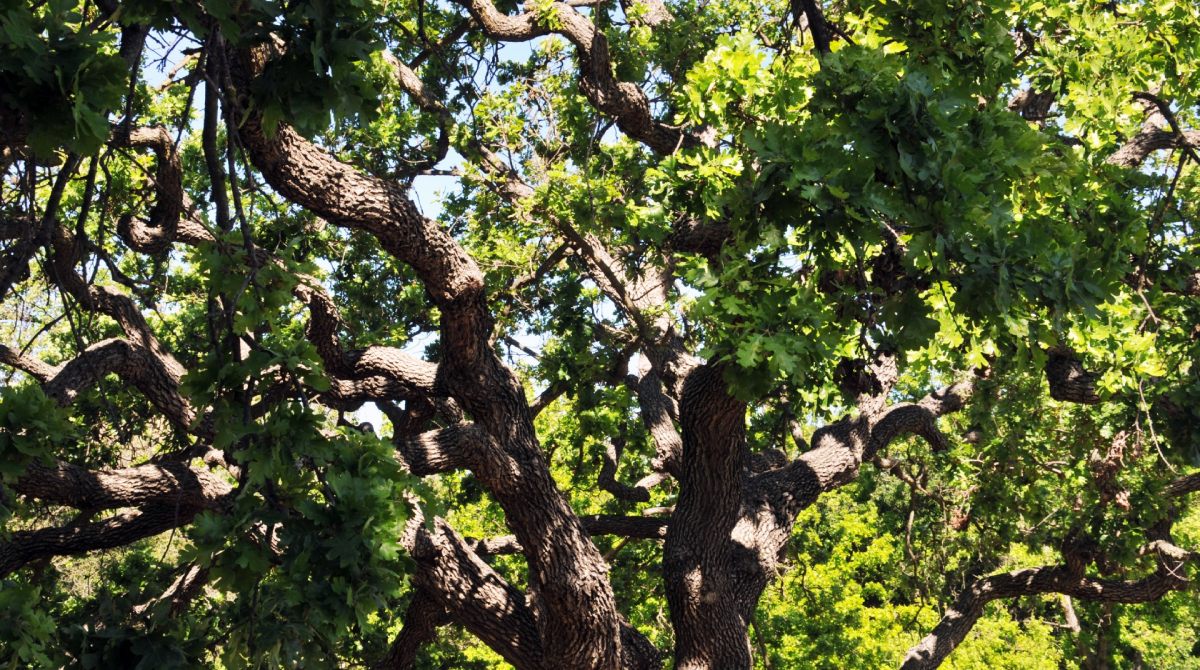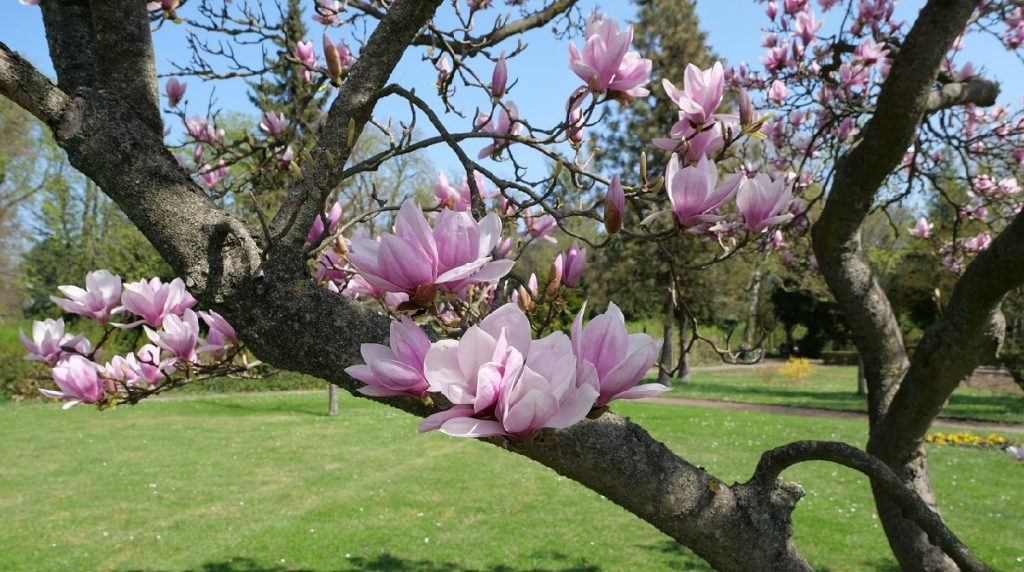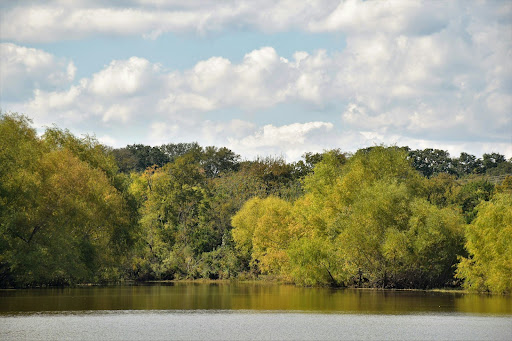
Date July 23, 2024
Maintaining tree health is essential to preserving a landscape’s beauty and vitality. Common diseases, such as oak wilt and anthracnose, can devastate local trees in Flower Mound, Texas, making early detection key. This guide offers practical tips and strategies to help homeowners prevent these diseases, ensuring lush, healthy trees for years to come.
Understanding and Preventing Common Tree Diseases
Image via Unsplash by Ray Shrewsberry
Flower Mound is home to numerous tree species, each susceptible to specific diseases that can threaten their health. Understanding these diseases is crucial for effective prevention and management. Here are a few of the most common issues we see and how to identify them:
- Oak wilt: A sign to look for is wilting or browning of leaves starting at the top of the tree and moving downward. Fungal spore mats may appear on the bark. Promptly removing infected trees and avoiding pruning during warm months can prevent the spread.
- Hypoxylon canker: This disease is characterized by discolored, sunken areas on the bark, branch dieback, and dark fungal structures. It targets stressed or weakened trees, particularly during droughts. Properly watering the trees and removing dead branches can keep it from setting in.
- Anthracnose: Anthracnose causes irregularly shaped brown or black spots on leaves, leaf curling, and premature defoliation. It thrives in cool, wet conditions, especially in spring. Proper pruning, balanced fertilization, and removal of infected plant materials can help prevent it.
- Verticillium wilt: Evidence of this disease includes wilting leaves, yellowing or browning foliage, and branch dieback. It spreads through contaminated soil, so water stress should be avoided. Infected branches need to be pruned immediately if it sets in.
- Fire blight: This disease manifests itself through the blackening and wilting of blossoms, twig dieback, and cankers on branches. It’s prevalent during warm, humid conditions in spring. Proper sanitation and pruning can reduce the risk of infection.
- Sudden oak death: Symptoms include leaf spots, shoot dieback, and cankers on the trunk and branches. It spreads through rainwater, wind, and human activity. To avoid spreading it to other trees, it’s important to quickly remove sick trees and follow strict sanitation measures.
- Bacterial leaf scorch: Leaves infected by this disease have a scorched appearance with brown, crispy edges. It spreads through xylem-feeding insects. Managing insect vectors and removing infected branches can help prevent it.
Disease-Resistant Tree Species
Planting disease-resistant tree species is a proactive approach that can save plenty of headaches in the future. Here are some top choices for folks who live in Flower Mound:
- Post oak: This tree is highly resistant to many common diseases. Caution is vital when grading or making drainage changes, as the shallow root system can be sensitive.
- Mexican sycamore: Because of its resistance to bacterial leaf scorch and drought conditions, Mexican sycamore is an excellent choice for those looking for a rapidly growing tree.
- Japanese zelkova: The Japanese zelkova is resistant to Dutch elm disease and exhibits exfoliating bark and reliable fall color.
- Texas persimmon: This native, drought-tolerant tree is ideal for small landscapes.
Protect Your Trees With Treenewal
Maintaining tree health and preventing diseases requires proactive care and expert guidance. For professional assistance and actionable advice on tree disease prevention in Flower Mound, contact TreeNewal. Our certified arborists are here to keep your landscape thriving.
